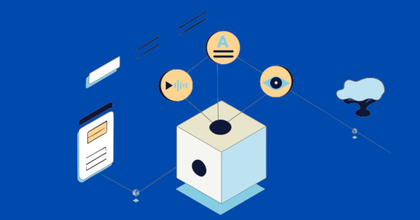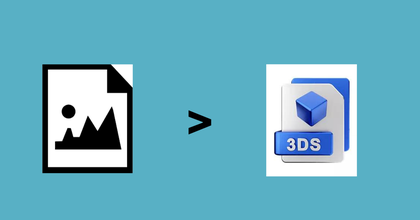Designer-Client Relationship - Helpful Advice
Jun 02, 2021 6670 seen
How to Improve Designer-Client Relationship?
If you are a designer, then most probably you work directly with clients. Whether you work for an agency, on your team, or as a freelancer, there are two very different approaches to client relations: either you take a brief project description, leave for a few weeks, and return with a document ready design, or you work with a client to build a relationship of trust.
So what are the main secrets to retaining your clients? The short answer is: create quality relationships that are built on mutual trust. Your clients put their trust in you, therefore you should help them find the best outcome for their situation. Clients also want to feel comfortable with you handling their financial information. So, it is worth the effort to build a good relationship with your client. For digital designers, users provide the best feedback on your work. While interviewing users and getting feedback on prototypes is ideal, real user testing is often cut short by budget and time constraints. In these scenarios, you, as a design consultant, have a unique opportunity to be the voice of the user. As a consultant rather than a member of the client's team, you can more easily see the design work from the perspective of a new user. Your fresh perspective may reveal UX issues that the customer team might have missed out on because they are so close to the product.
In this article, we will explore some of the benefits of this approach and how you can build a strong relationship that leads to more valuable work.
Listen to Your Client

Most projects start with a short description, but this is only the beginning of the story. There is so much information about the project that cannot be found in a summary. It is important to meet with the client to hear him directly, as he usually has the most extensive knowledge and historical information about the project.
Frequent client meetings also provide an opportunity to show empathy and reveal useful information that was not included in the summary. For example, does the CEO hate sustainability, or does the marketing team get along with the product development team? Such information will not be summarized, but it can be collected through meeting with the client and listening carefully to him.
By listening, you can be sure that any suggestions you make will match with what the client values. These both provide the framework for your design creativity, so make sure you understand the boundaries.
Ask Questions

Meeting clients is as much a chance to ask questions as it is to listen. Asking questions and listening are important skills that allow you to dig deeper. The questions you ask should naturally build on what you have learned from your client, and this will show them that you are involved. Asking questions is a great opportunity to reinforce your knowledge of how a client defines project success - something you should pay close attention to. Questions can also be used as an opportunity to raise any potential issues you have. Elements such as user testing, browser support, and accessibility are often overlooked, and it's important to discuss customer expectations to make sure you're on the same page.
In a relationship based on trust, you can also make recommendations to your clients if they are not sure what to do. If you find something important that the client missed, he will thank you for it, and you both can relax knowing that the end product will be better because you spoke out.
Get Design Feedback

Listening and asking questions is the best way to show your client that you treat them as a partner. Partners understand that they are both responsible for the result and therefore must work together with trust. An important step of building trust is open communication through design feedback.
For example, you can present your work early even if it’s not polished.
Get used to the feeling of showing off something that your design eye thinks is not done. This opens the door for feedback and valuable information from others, especially a client, who probably knows more about their users than you do.
Be Available

Take time for your clients to let them know that you value them. However, this does not mean that you should give up everything as soon as they contact you. Be open and communicate that you have other clients and commitments, but still want to be around them. Establish appropriate communication methods so your customers can reach you. You both need to work together to decide how best to do this, whether by email, through the customer portal, by text message, by phone, or in person. When they contact you, respond promptly to their questions, concerns, and inquiries.
Be Authentic

And the last one is perhaps the most important. Avoid fakeness and deceit in your firm because people can feel that a mile away. As a professional, you must show your clients that you care for them, not just for their money. Take time to get to know your clients. Find out who they are, their goals, family, hobbies, etc. Also, let them learn more about you as an individual and discuss different topics.
Be Proactive

This means you don’t have to wait for your clients to come to you. Reach out to them from time to time and let them know that they are in your thoughts. Regular contact will help your clients to trust your intentions and become more receptive to your advice. If they appreciate the effort, you can also take it one step further and help your clients plan for the future.
One small way to be proactive in reaching out to customers is by sending them articles they may find useful. Another way is to suggest other services your firm offers that you know can help them. Take the initiative in showing your clients that you want them to succeed.


